Why You Should Never Pour Hot Oil Down The Drain Of Your Sink
Once your veggies are sautéed or your pancetta’s pan-crisped to perfection, it’s understandably tempting to dump the excess cooking oil or grease down the drain and dig in. After all, the sink is right there and the oil’s liquid anyway, so what could it hurt?
Pouring hot oil down the drain might not seem like a big deal in the moment, but even the occasional grease disposal shortcut can add up over time and result in a whopping plumbing bill.
Most hot oils don’t stay in liquid form once they’ve cooled.
Many oils, including butter, coconut oil, bacon fat or Crisco vegetable shortening, are in a liquid state when warm, but in a solid state at room temperature.
“When you pour hot grease down the sink, it’s still in a liquid state,” said Joel Frederick, president of Quarter Moon Plumbing in San Antonio, Texas. But once it cools, the grease hardens and sticks to the walls of the pipes.
The oil, plus any food particles and debris that get washed down the drain, will congeal and stick around (pun intended) ― typically just behind where the pipe makes a U-bend ― the trap ― under the sink.
“Anything heavier than water gets caught here,” said Shane Mahaffey, CEO and master plumber at Towne Plumber in Woodstock, Georgia. The lingering oil and food bits can cause funky smells to radiate from your kitchen drain in the short term, and a full-on blockage as time goes on.
Perma-liquid cooking oils can still wreck your pipes.
Oils like olive oil and canola oil may not solidify at room temperature, but plumbers still advise against pouring them down the sink. That’s because these oils are hydrophobic, meaning they don’t mix with water very easily, so they end up coating your pipes instead.
“As they move through your pipes, they’ll fuse with the bits of food particles, fats from table scraps, hair and other debris hanging out in your drain,” Mahaffey said. “The blockage created will eventually send the water in your sewer back up into your pipes.”
Chasing the oils with hot water or dish soap doesn’t help.
An old wives’ tale will tell you to run hot water and dish soap down the sink after you pour oil down the drain, claiming to help the oil travel down the pipes before it thickens or solidifies ― but this isn’t as effective a strategy as you might think.
“Remember that anything heavier than water can and will get stuck in the U-bend of your kitchen plumbing,” Mahaffey said. DIY remedies like this one might prolong the inevitable, but they’re not going to wash away the oil entirely.
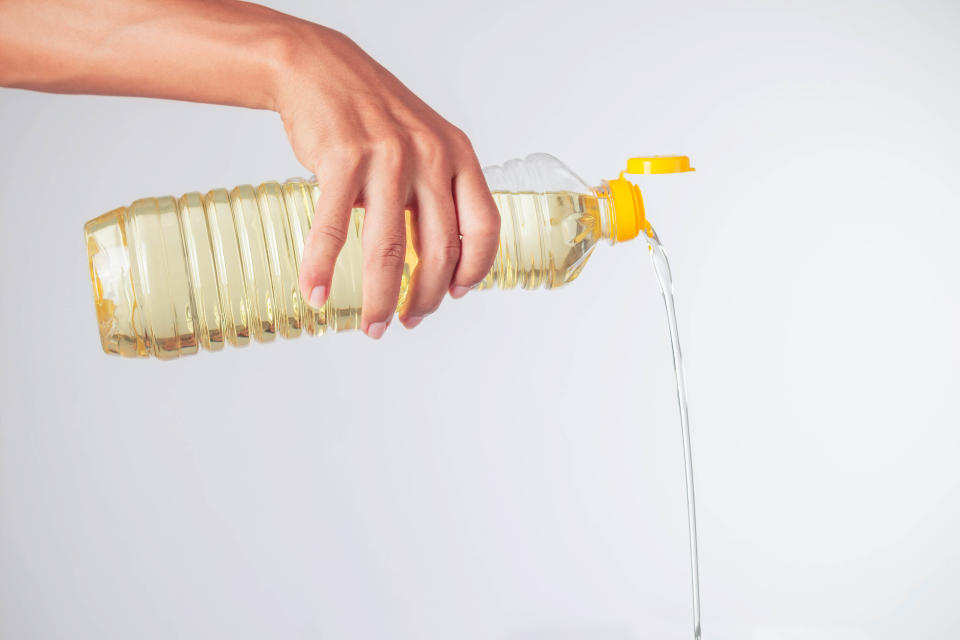
Even if you were to only send oils down your sink once every few weeks, the residual left behind each time will either create a thicker and thicker coating on your pipes, or a larger and larger solid mass, depending on which oils you cook with.
There’s no water hot enough or dish soap strong enough to keep repeated dumpings of oil or grease from eventually congealing once they reach room temperature, Mahaffey said, not to mention trapping food bits and other debris.
“The further down the oil makes it before it hardens, the more difficult and expensive of a problem it can become to fix,” Frederick said.
It can also cause drama in local sewer systems.
When the oil or grease does manage to mosey its way to the sewer line, it adds deposits to the main wastewater, which contains highly concentrated chemicals and — you guessed it — other people’s oils, fats and grease.
Because these oils have a fatty base, they bind with other substances found in sewers, such as calcium and sodium, as well as food particles and other products that shouldn’t be flushed down pipes, Frederick explained. As the buildup continues, it sticks to the walls of the sewer, creating what’s called a “fatberg.”

Fatbergs can grow into a giant mass of solid waste and eventually block wastewater flow. (It’s estimated that almost half of sewer overflows in the U.S. are the result of fatbergs.)
“The only way to get rid of them is to hire a professional who will use high pressure water jets to break down the matter,” Frederick said. “The main takeaway is to do your part and not contribute to a fatberg by disposing of oil the proper way.”
How to dispose of cooking oils and grease the right way.
Restaurants are required to collect oils and grease in traps and have them hauled off by a renderer (a company that specializes in cooking oil pickup and recycling) or risk being fined.
Considering hotels and restaurants in the U.S. generate around 3 billion gallons of used cooking oil per year (and wastewater treatment plants typically aren’t designed to handle contaminants like fats, oils and grease), the illegal practice of grease dumping would cause major drama in municipal sewer pipes.
How to do your part?
“No matter the type of oil ― butter, shortening, olive oil ― store it, don’t pour it down the drain,” Mahaffey said.
Start by choosing a collection vessel for the oil, like an old plastic bottle, coffee can, or even a large Ziploc bag. Once the oil has cooled, carefully scrape or pour it into the vessel (a funnel can make the pouring process a lot easier).
“You can add different oils to the container over time, and once it’s full, seal it and throw it in the trash,” Frederick said.
Used cooking oils can also be refined into biofuel: “Many local recycling centers will accept your cooking oils, even if you’ve combined all of your oils in one container,” Mahaffey said.
You can search for local recycling centers online to see if they accept cooking oils and whether they have any specifications about storage or separation. Follow their guidelines accordingly.
What to do if you’ve accidentally poured grease or oil down the sink.
First of all, breathe. One round of grease down the drain isn’t going to make or break your kitchen plumbing.
If this happens, flush your drain with a pot of boiling water right away, then follow it up with a baking soda and vinegar one-two punch, Mahaffey suggested.
Start by pouring one cup of baking soda down your drain and chase it with a mixture of one cup vinegar and one cup water. Plug your drain for five to 10 minutes, then finish things off with another pot of boiling water.
“The bubbling power of the baking soda and vinegar helps loosen grime, and the boiling water adds pressure, boosting the unwanted grease down the drain,” Mahaffey said. Then remind yourself to never do it again.
Related...
6 Unsung Black Culinary Heroes Of The Past
No-Boil Lasagna Noodles vs. Traditional: What's The Difference?
How To Get Enough Protein On A Plant-Based Diet
Also on HuffPost
Love HuffPost? Become a founding member of HuffPost Plus today.
Avocado Oil
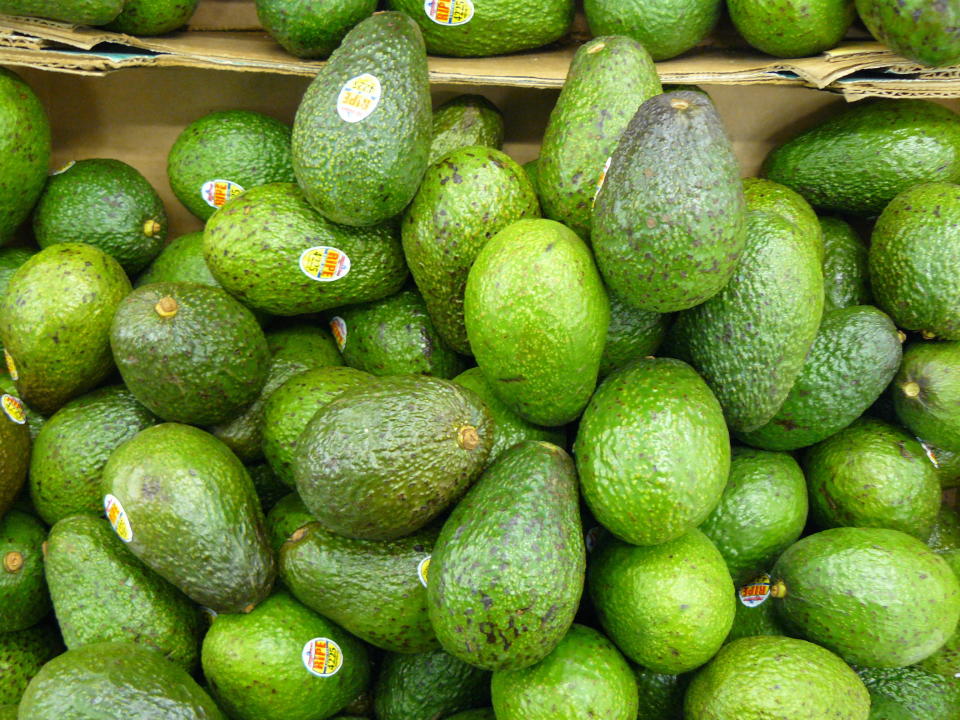
Hemp Oil

Hazelnut Oil
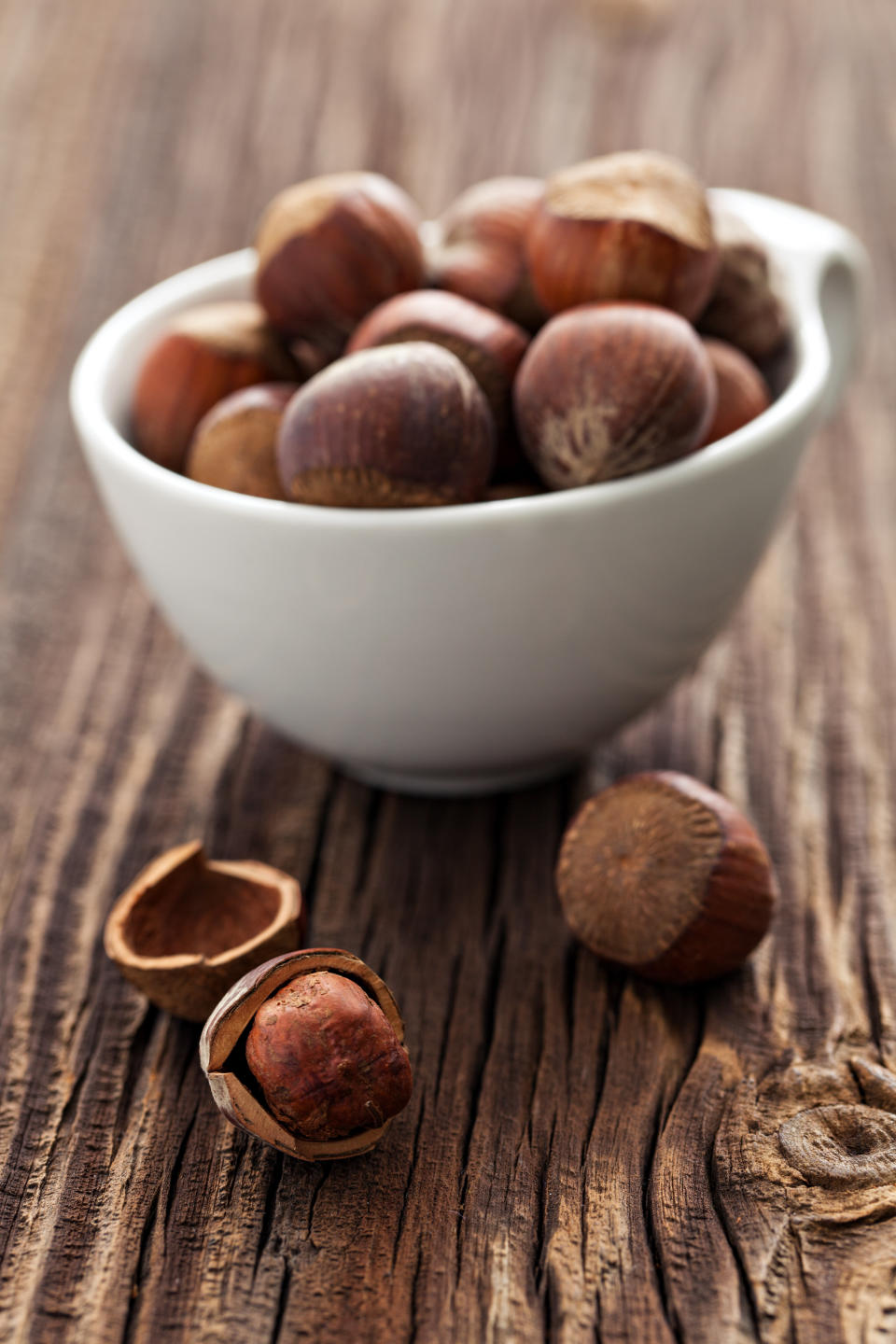
Grapeseed Oil

Almond Oil
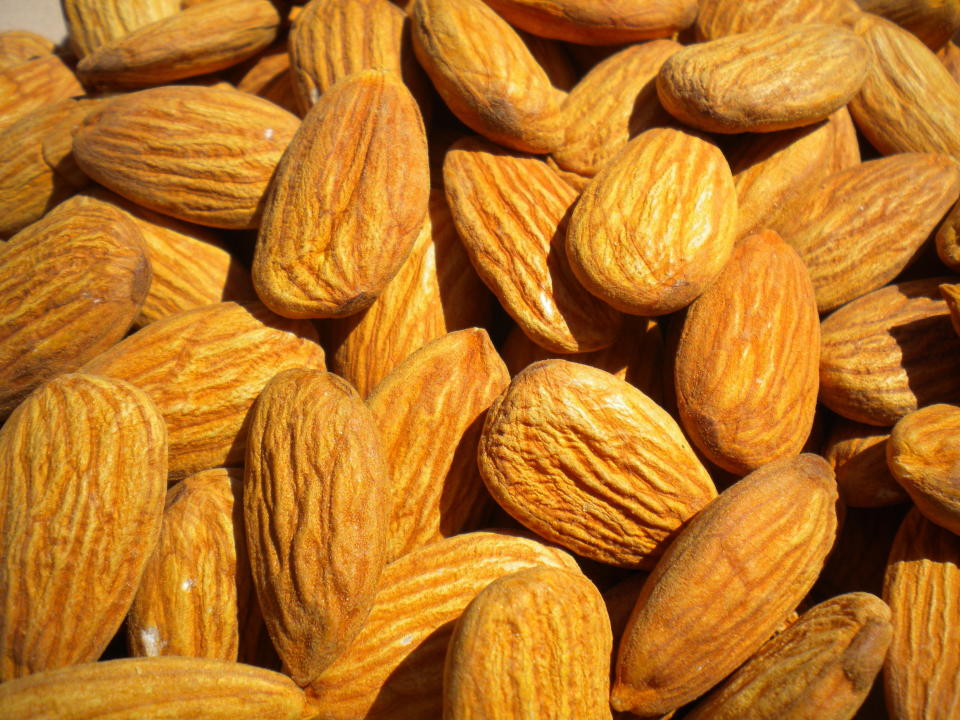
Tea Seed Oil

Red Palm Oil
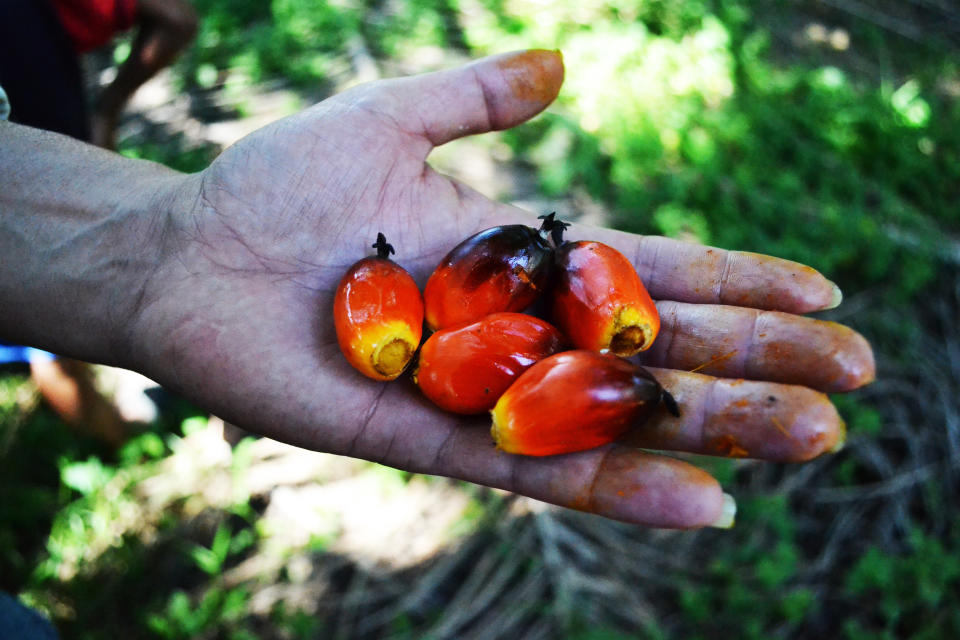
This article originally appeared on HuffPost.

